Home>Ideas and Tips>The Da Vinci Deck Perfect Outdoor Space Proportions
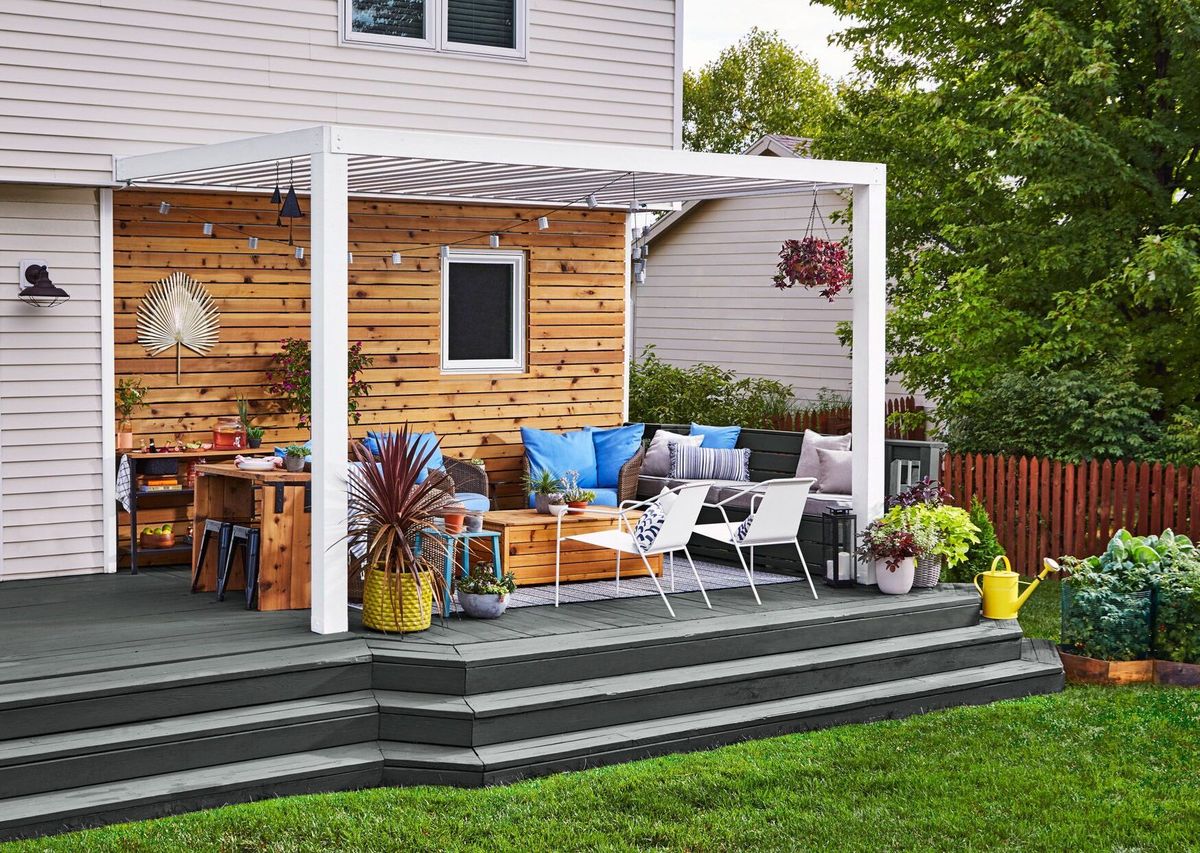

Ideas and Tips
The Da Vinci Deck Perfect Outdoor Space Proportions
Published: October 20, 2024
Discover how to design the perfect outdoor space using Da Vinci's principles of proportion. Create a functional and beautiful deck with these expert tips.
(Many of the links in this article redirect to a specific reviewed product. Your purchase of these products through affiliate links helps to generate commission for Storables.com, at no extra cost. Learn more)
Creating an outdoor space that is both functional and aesthetically pleasing can be a daunting task. However, by applying principles of design and proportion, you can transform your deck into a perfect outdoor room that enhances your home and provides a delightful area for relaxation and entertainment. In this article, we will explore the key elements of designing a deck using the timeless principles of Leonardo da Vinci's Vitruvian Man, along with modern design guidelines to ensure your outdoor space is both beautiful and practical.
Understanding Proportions
Leonardo da Vinci's Vitruvian Man is a masterpiece that encapsulates the ideal proportions of the human body. This drawing represents a nude male figure inscribed within a circle and square, demonstrating the perfect geometric proportions that were believed to be divine. These proportions are based on the works of Vitruvius, who described how the human body could be inscribed within these geometric shapes.
To apply these principles to your deck design, consider the following proportions:
- Head Height: About one-eighth of the total height.
- Arm Span: Four-fifths of the total height.
- Groin Height: Half of the total height.
- Shoulder Width: One-quarter of the total height.
- Breast to Crown: One-quarter of the total height.
- Knee Height: One-quarter of the total height.
- Thigh Length: One-quarter of the total height.
These proportions can be used as guidelines for designing various elements on your deck, such as seating areas, walkways, and even plant placement.
Designing Your Deck as a Room
When planning your deck, it's essential to think of it as an extension of your home rather than just an outdoor space. Consider how you will use your deck:
- Outdoor Living Room: If you want to create an outdoor living room, think about the dimensions of your indoor living room and replicate them outside. This will help you determine the size and layout of your deck.
- Outdoor Dining Room: If your deck will serve as an outdoor dining room, ensure there is enough space for a table and chairs. You might also want to include a grill or outdoor kitchen area.
- Combination of Functions: If you want multiple functions on your deck, consider building it with multiple levels. Three risers are generally enough to create distinct levels without creating trip hazards.
Separate levels with planters and built-in benches to add color and provide seating areas for socializing.
Leaving Room to Move Around
While planning the size and layout of your deck, remember to leave enough space for traffic flow. Avoid placing paths between furniture or between different destinations like the grill and benches. This should be a primary consideration to ensure that your deck is safe and functional.
Controlling the Sun
One of the most important aspects of designing a deck is controlling the sun. Direct sunlight can be both beneficial and detrimental, depending on the time of day and your personal preferences. Here are some tips:
- Trellis: A trellis can cast nice shadows on your deck while also providing a pleasant structure to look at. You can train vines or climbing plants to grow up the trellis, adding greenery to your outdoor space.
- Shed Roof: If your deck is attached to the house, consider adding a shed roof. This not only provides shade but also adds an architectural element that can enhance the overall design of your deck.
Illuminating Your Deck Creatively
Good lighting is essential for any outdoor space, especially a deck. Proper lighting can illuminate pathways, stairs, and even barbecue areas. Here are some tips for creative lighting:
- Hide the Source: The rule of thumb is to illuminate objects but hide the source of illumination. Use sconces or shades that keep direct light out of your eyes.
- Decorative Lighting: Use uplights behind potted palm trees or disperse them around the backyard. This will create a beautiful view even when the day is over.
Incorporating Geometry in Architecture
Geometry plays a crucial role in architecture, including deck design. Understanding basic geometric shapes like squares, triangles, and circles can help you create balanced and harmonious designs.
- Harmony and Proportion: Classical architecture often emphasizes harmony and proportion. The Golden Ratio is commonly used for its aesthetically pleasing proportions.
- Symmetry and Balance: Symmetry is key in many architectural styles, providing a sense of balance and order. However, asymmetry can also be ideal in certain modern designs for its dynamic and visually interesting qualities.
- Functionality: The geometry should serve the function of the building. For example, a circular plan might be ideal for a public building that encourages gathering and movement, while a rectangular plan might be more suitable for residential structures.
Practical Considerations
While aesthetics are important, practical considerations should not be overlooked. Here are some practical tips:
- Material Selection: Choose materials that are durable and easy to maintain. Wood is a popular choice for decks but consider using composite materials or recycled plastic for low-maintenance options.
- Safety Features: Ensure your deck has safety features such as railings and non-slip surfaces to prevent accidents.
- Storage: Incorporate storage solutions like built-in benches or storage boxes to keep your deck clutter-free.
Real-Life Examples
Let's look at some real-life examples of beautifully designed decks that incorporate these principles:
- Emily Henderson's Outdoor Spaces: Emily Henderson, a renowned interior designer, has shared her outdoor spaces over the years. Her Glendale Deck is a great example of how to refinish an old wood deck and add modern touches like a sectional and round coffee table from Polywood.
- Fine Gardening's Deck Design: Fine Gardening provides guidelines for designing a better deck. They emphasize the importance of thinking of your deck as a room and controlling the sun with trellises or shed roofs.
Conclusion
Designing a perfect outdoor space like a deck requires careful consideration of proportions, functionality, and aesthetics. By applying the timeless principles of Leonardo da Vinci's Vitruvian Man along with modern design guidelines, you can create an outdoor space that is both beautiful and practical. Remember to think of your deck as an extension of your home, leave room to move around, control the sun effectively, illuminate creatively, incorporate geometric principles, and consider practical aspects like material selection and safety features. With these tips in mind, you'll be well on your way to creating an ideal Da Vinci Deck perfect for any outdoor space.
Was this page helpful?
At Storables.com, we guarantee accurate and reliable information. Our content, validated by Expert Board Contributors, is crafted following stringent Editorial Policies. We're committed to providing you with well-researched, expert-backed insights for all your informational needs.



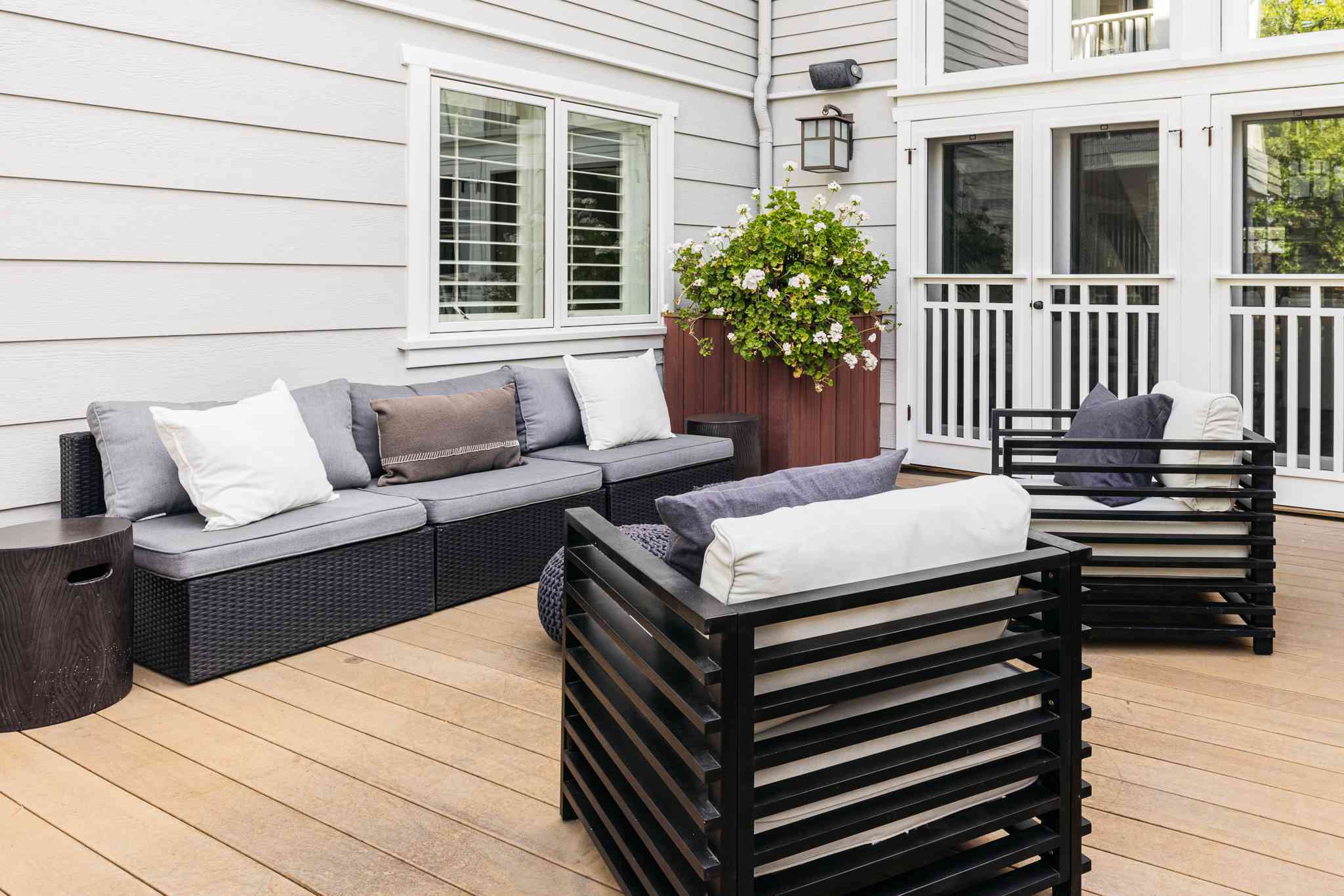


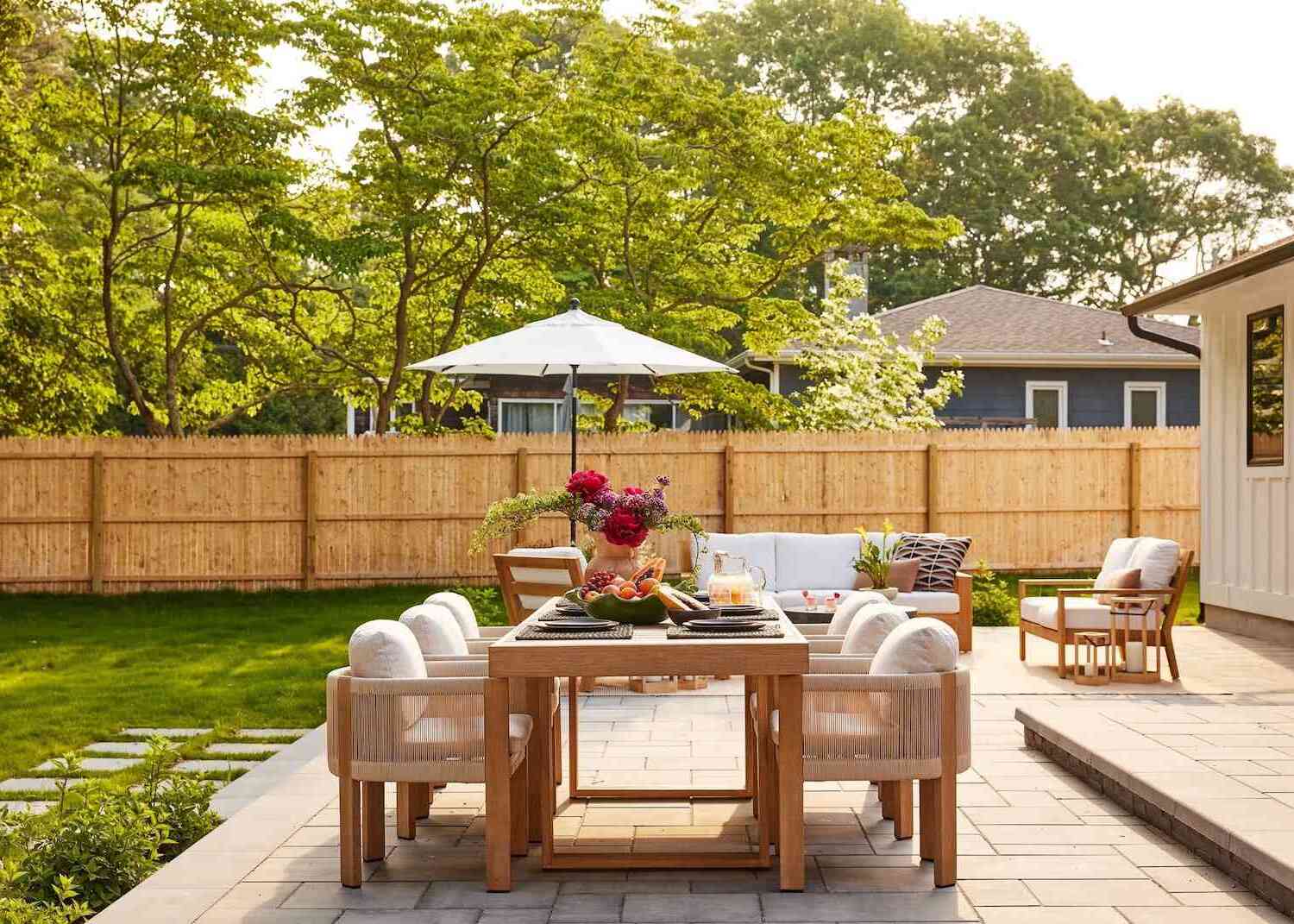
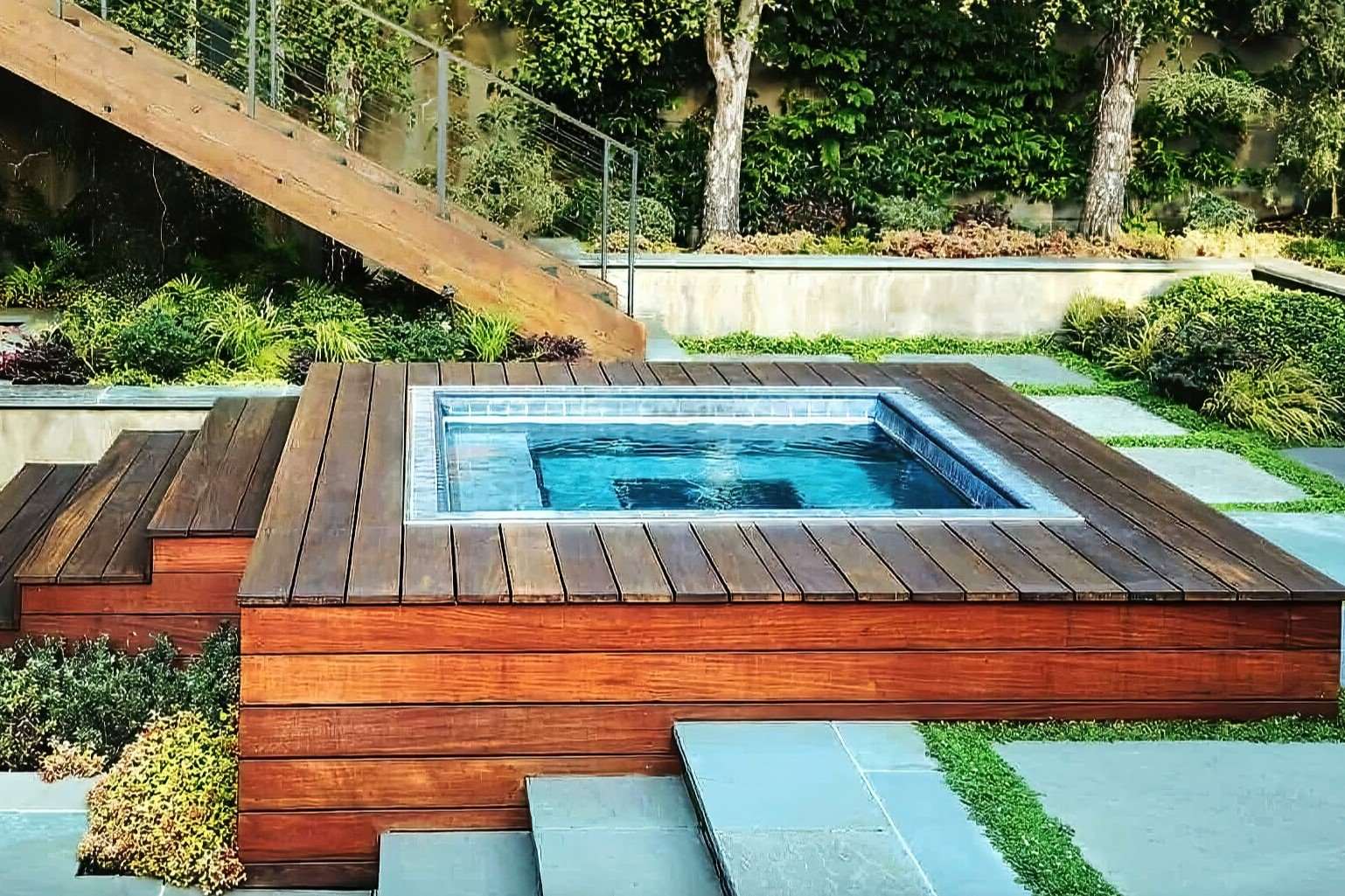

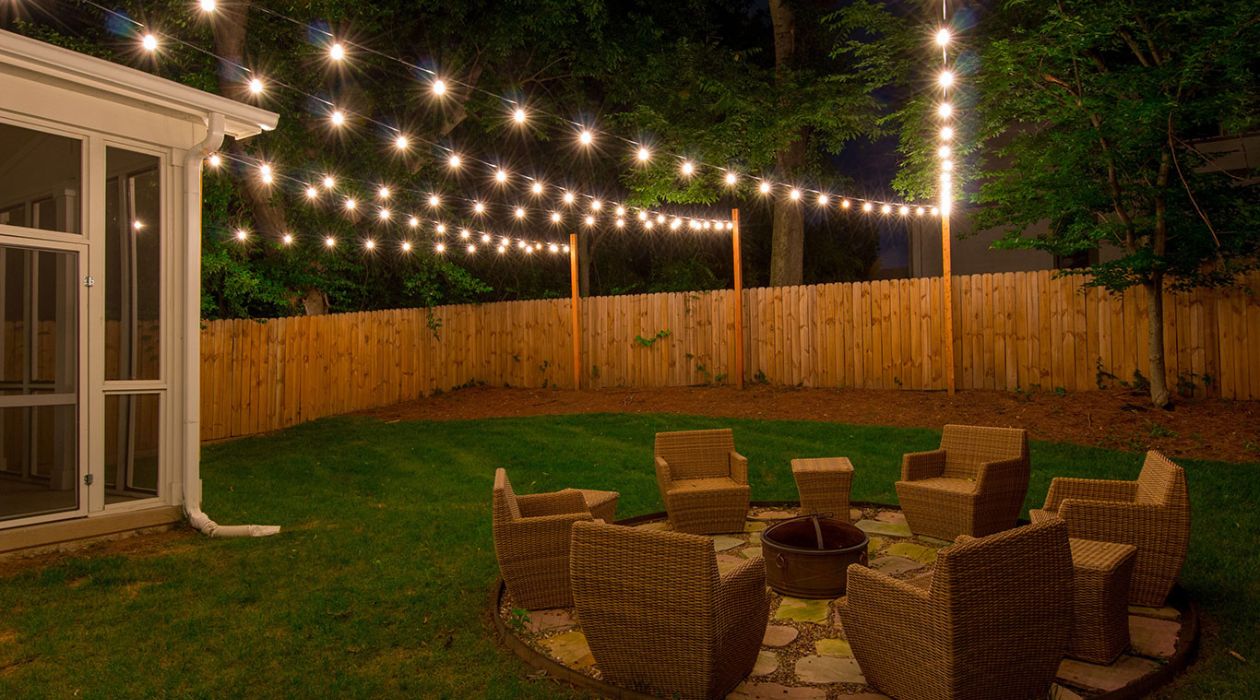

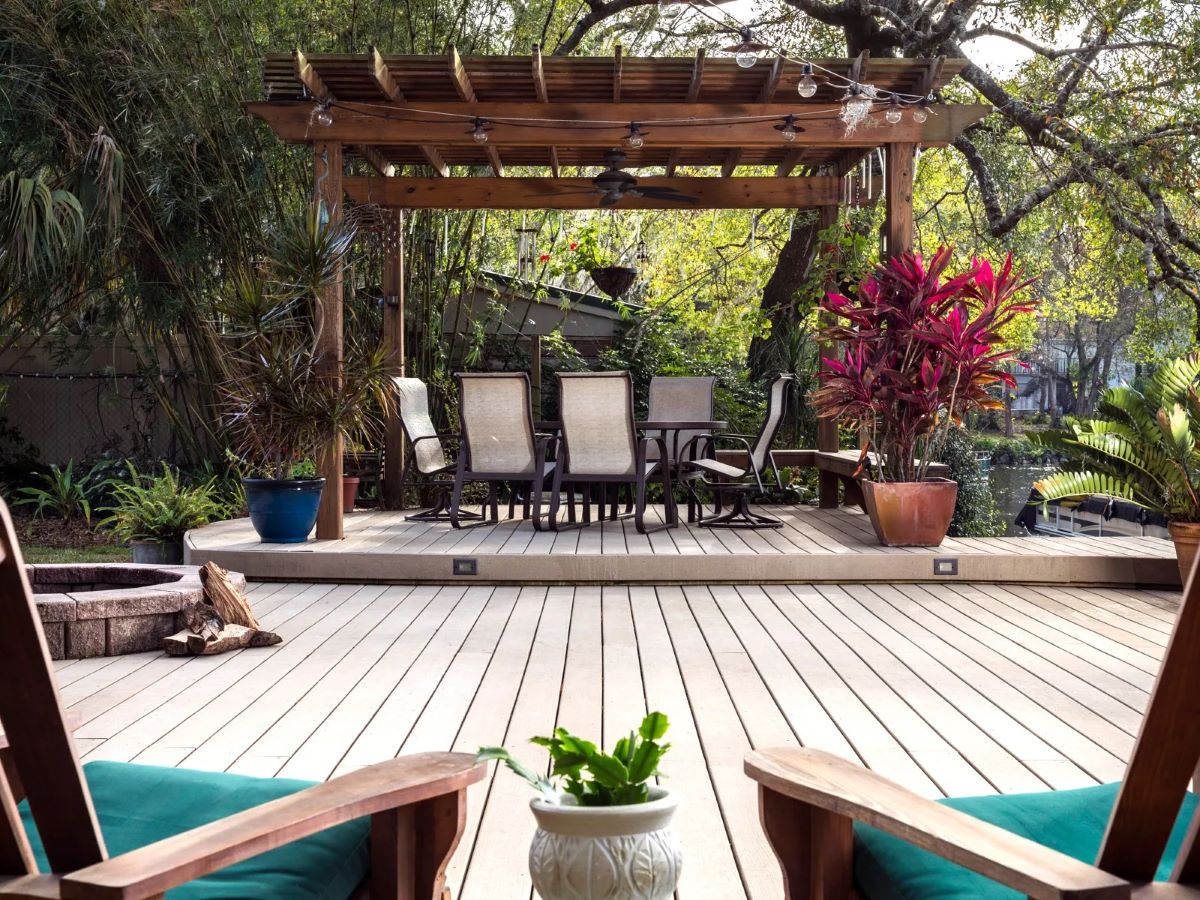
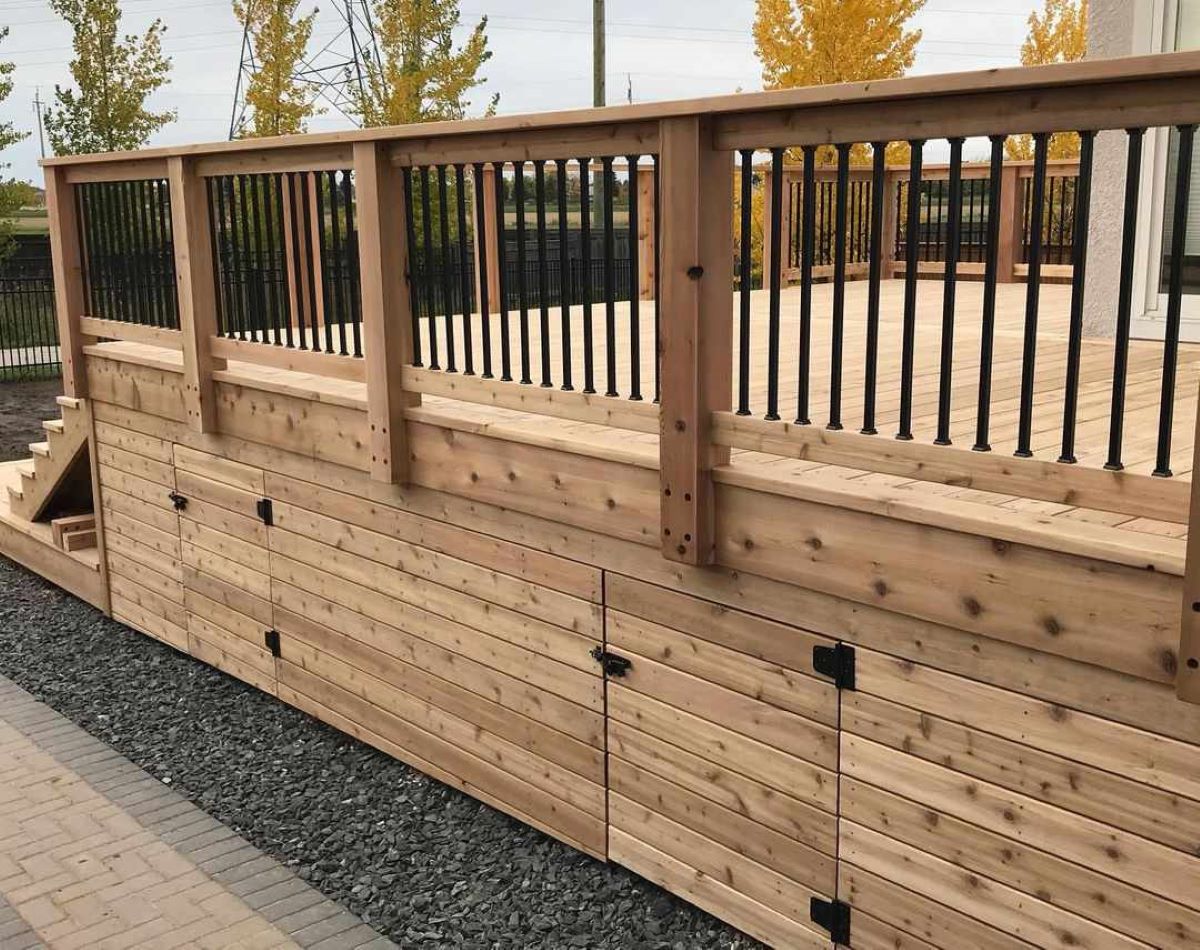
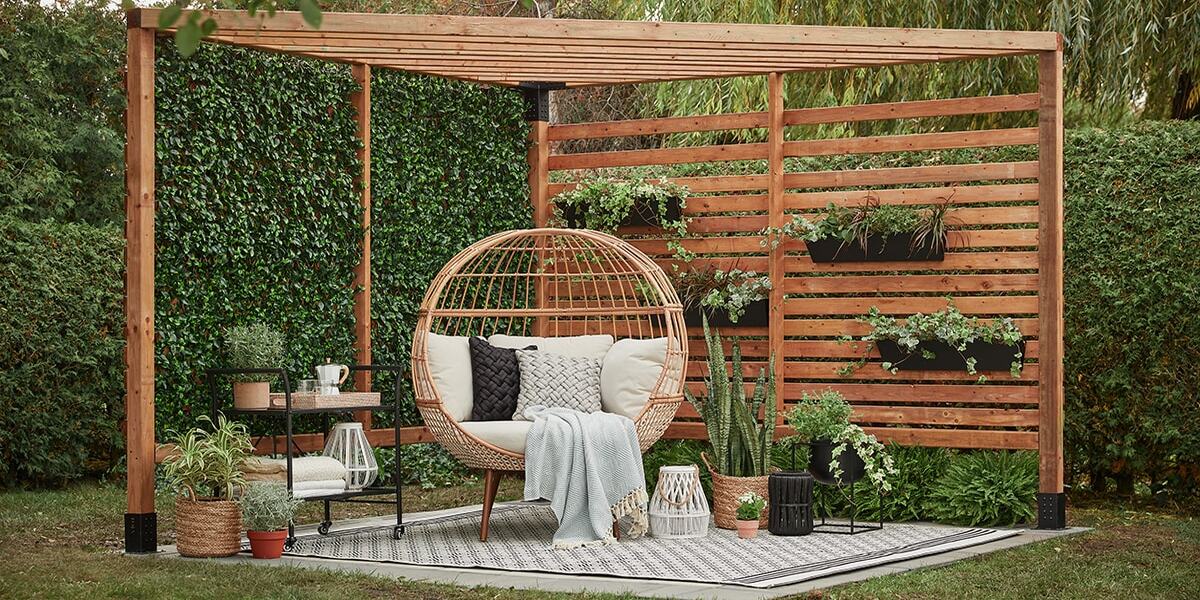

0 thoughts on “The Da Vinci Deck Perfect Outdoor Space Proportions”